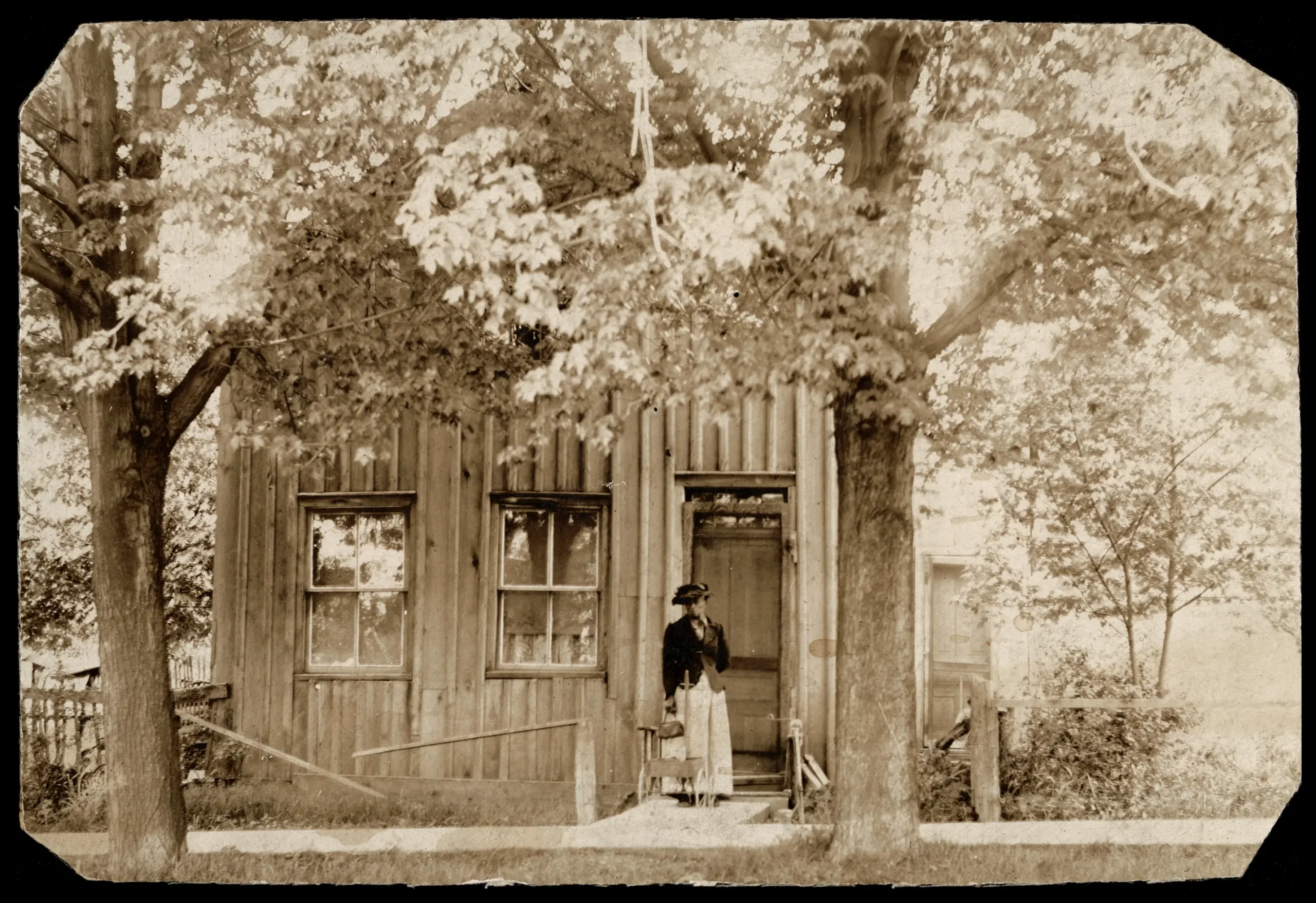
From slavery to settlement
The Alvin D. McCurdy fonds helps us trace the rich and complex history of Black communities in Ontario, from earliest presence and enslavement to emancipation and settlement.
Early historical accounts describe Black fur traders operating out of Detroit, Niagara and Michilimackinac in the 1740s and 1750s, when the region was still part of New France. In the 1780s, after the end of the American Revolution, Loyalists migrated to the land now known as Ontario, settling along the St. Lawrence, Niagara and Detroit Rivers. Some brought enslaved people with them.
Slavery to emancipation
In 1793, the Province of Upper Canada introduced one of the first prohibitions on slavery in North America, outlawing the importation of enslaved people and freeing their children at the age of 25. An order issued in 1819 by the Attorney General, John Beverley Robinson, declared all Black residents of Upper Canada to be free and protected by British law. Emancipation Day commemorates the 1834 abolition of slavery throughout the British Empire, freeing nearly one million enslaved people. Today, it is celebrated on August 1 in Amherstburg and other communities throughout North America.
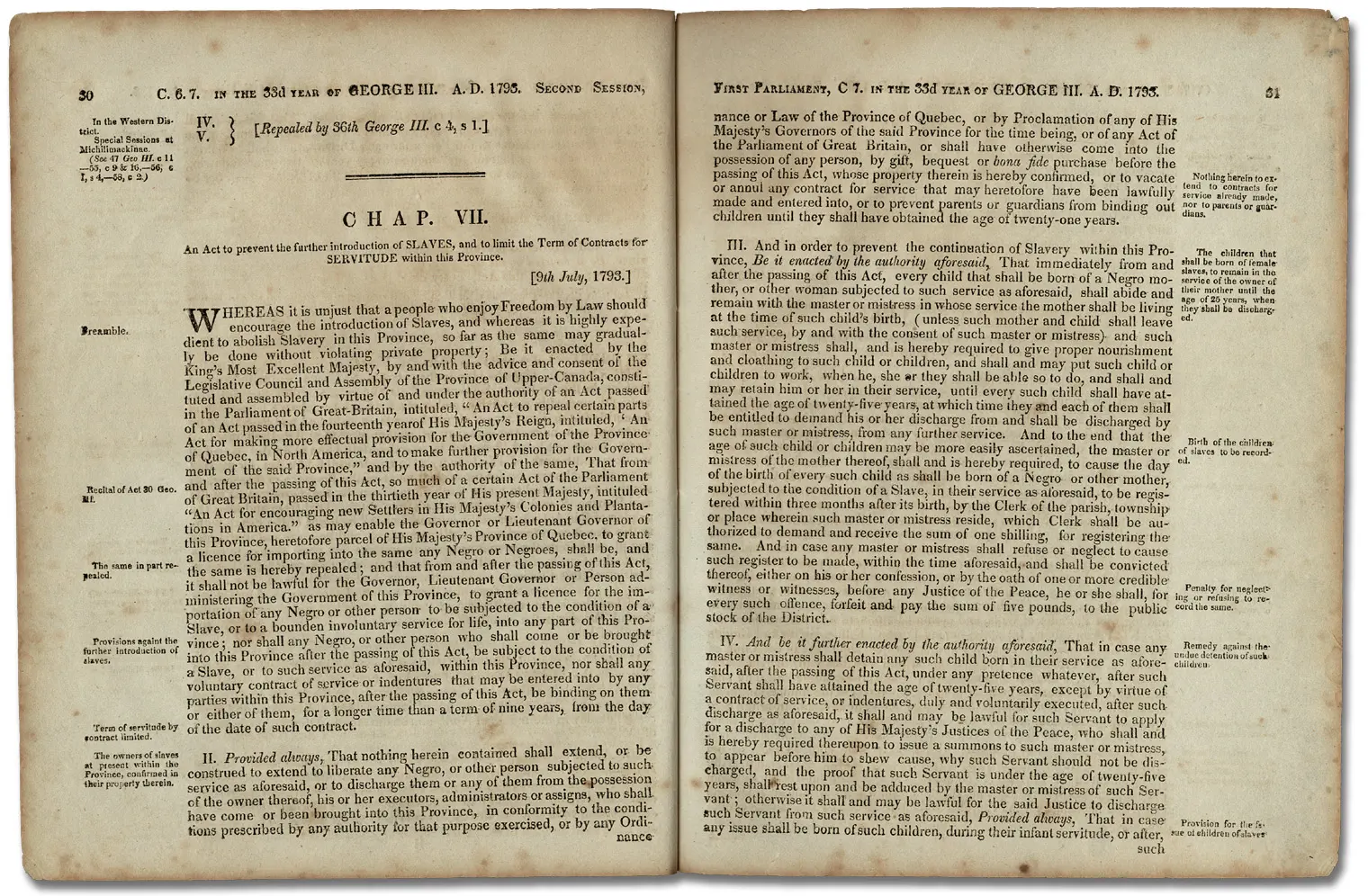
The Underground Railway
Slavery withered in Upper Canada but continued to flourish in parts of the United States. As early as the 1780s, those escaping slavery were smuggled into British-controlled territory. Many enlisted in Loyalist units and eventually moved to British North America. An informal network developed to help escapees move north, later known as the Underground Railway. Amherstburg, at the western tip of Upper Canada, became one of the key entry points for freedom seekers. This view of the town shows how the community looked in the last days of the Underground Railway.
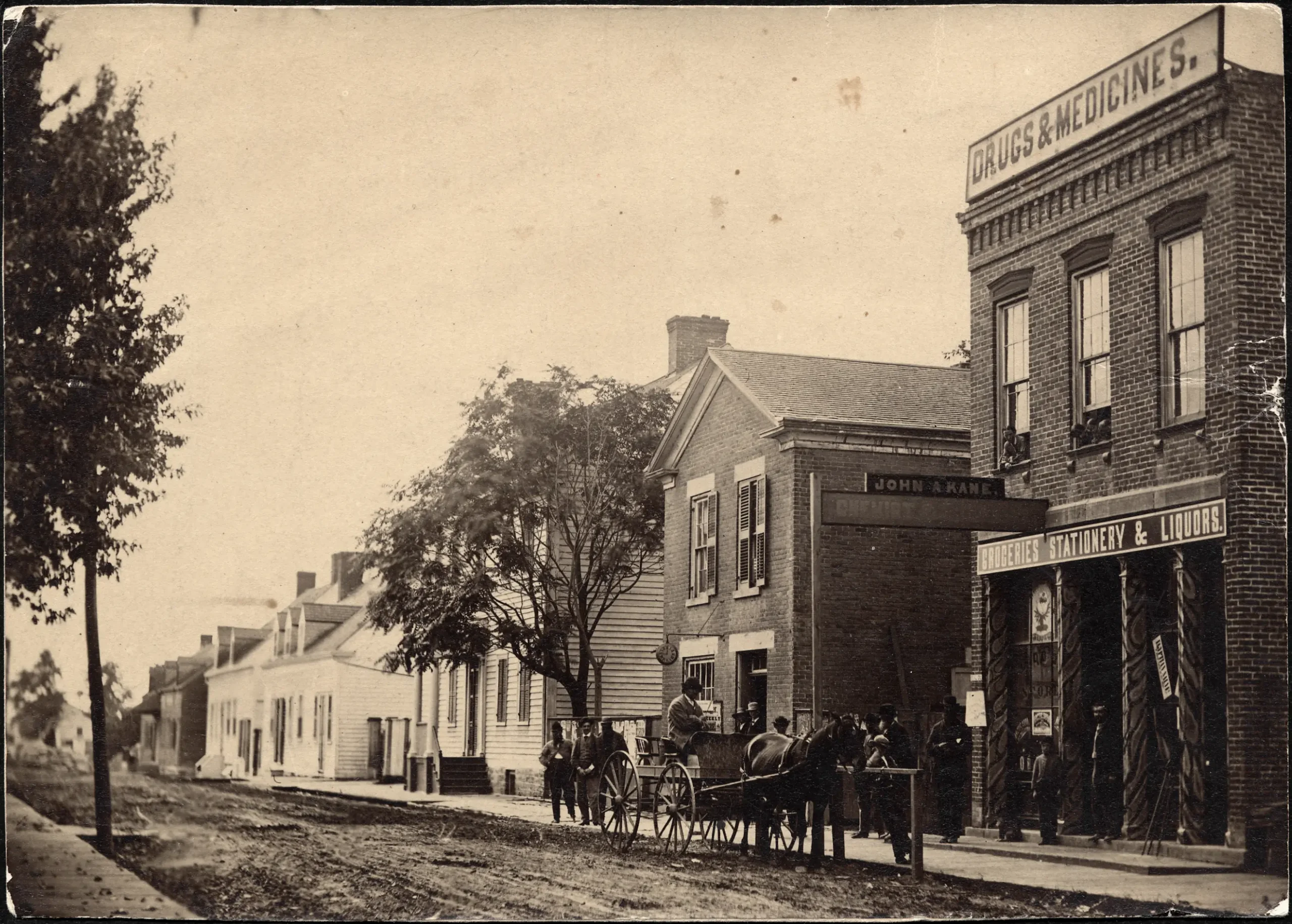
Voice of the Fugitive
The various Fugitive Slave Acts passed by the government in the United States made it a crime to aid enslaved people’s escape. As the penalties and risks increased, the Railway became more secret. But, once refugees reached Canada, they were beyond the power of American courts. Among the few direct sources of information about the Railway are contemporary newspapers like the Voice of the Fugitive, the first Black-owned and -operated newspaper in Ontario. Founded and published in Sandwich and Windsor by Henry Bibb (who escaped first to Detroit and then to Canada), it was published from 1851 to 1854.
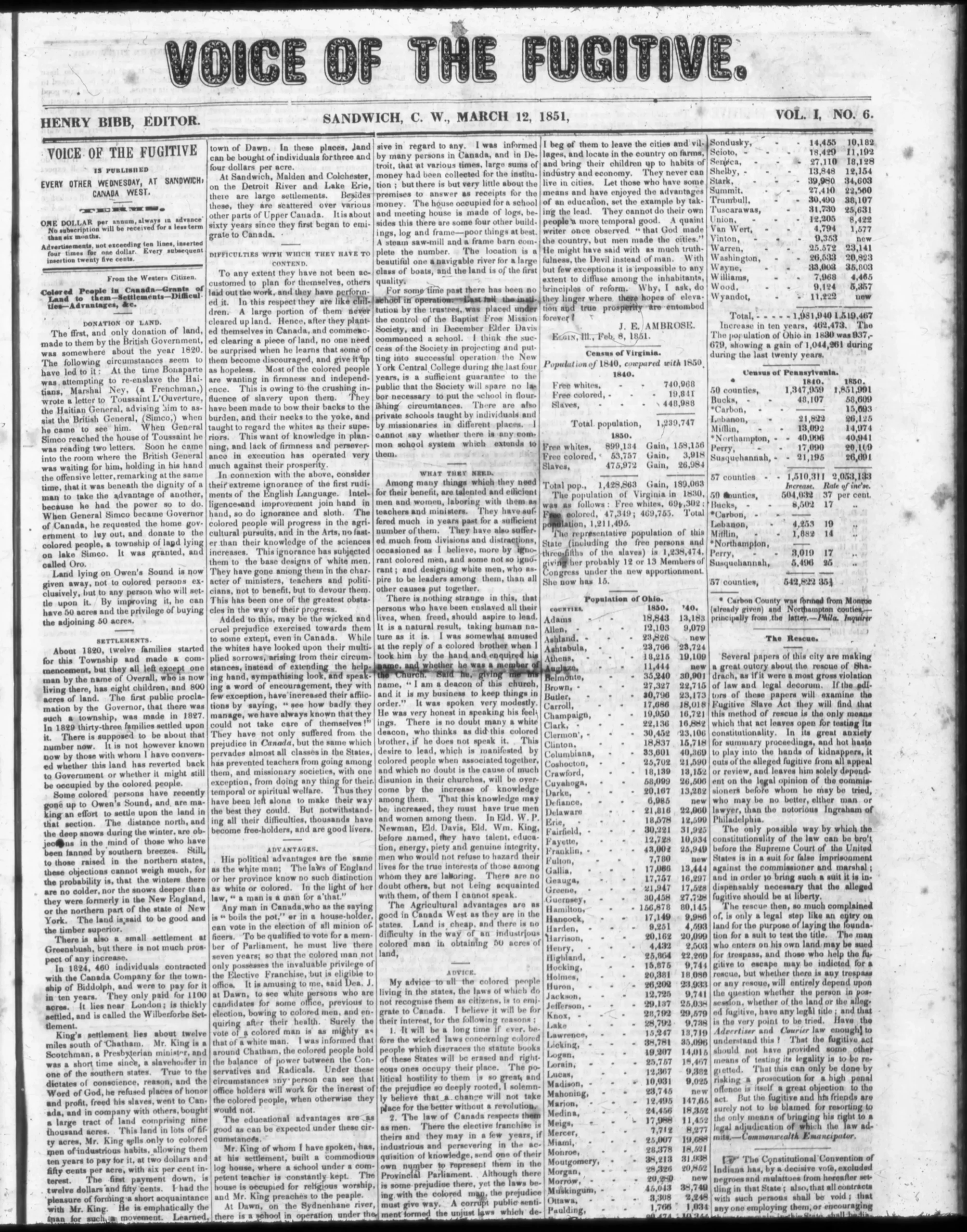
Portrait of a freedom seeker: Levi Veney
Levi Veney was among the formerly enslaved people who made his way to Upper Canada. He found refuge in one of the houses established to provide shelter and immediate relief to those crossing the border. The Park House in Colchester South was an important way station for those entering the province.
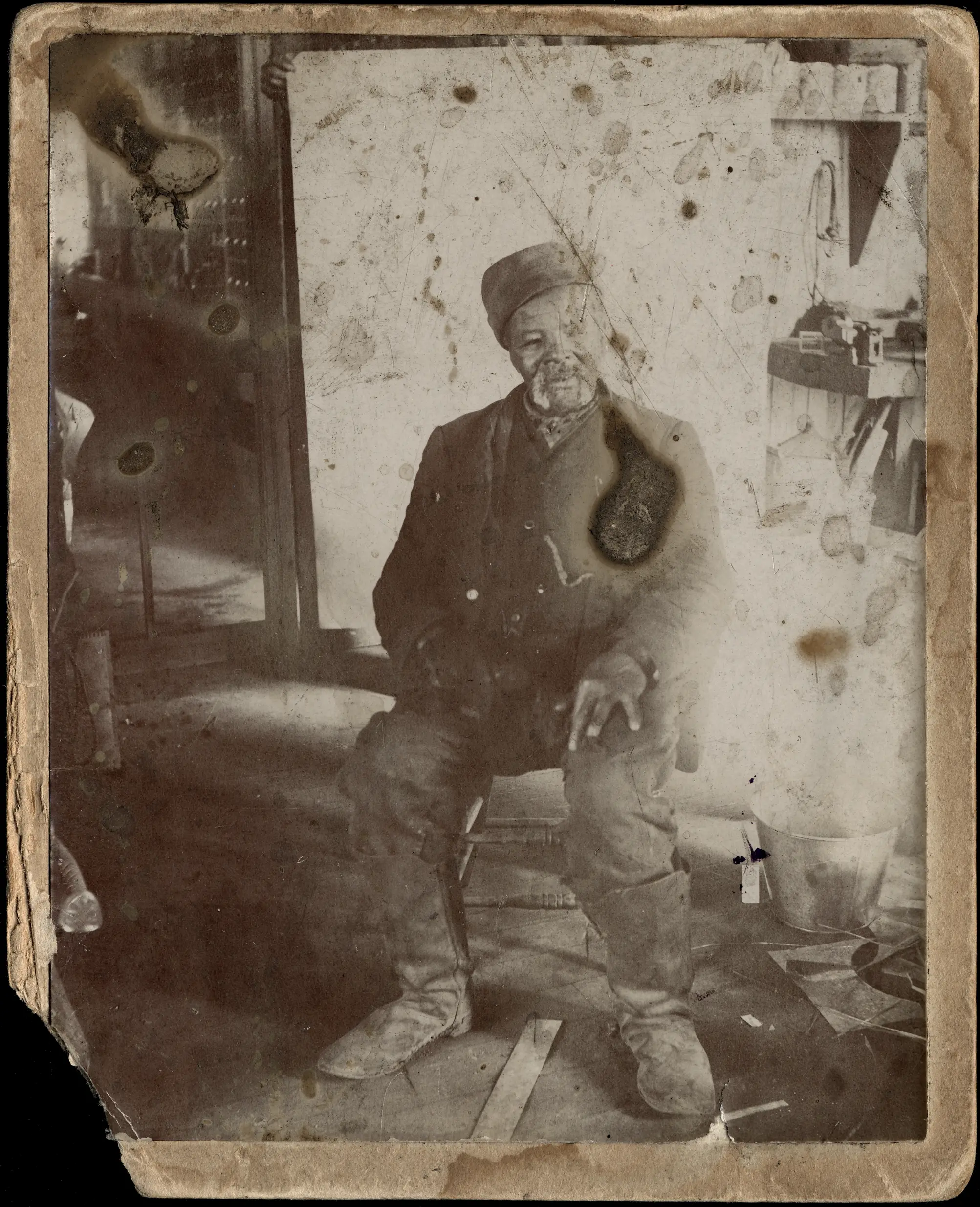
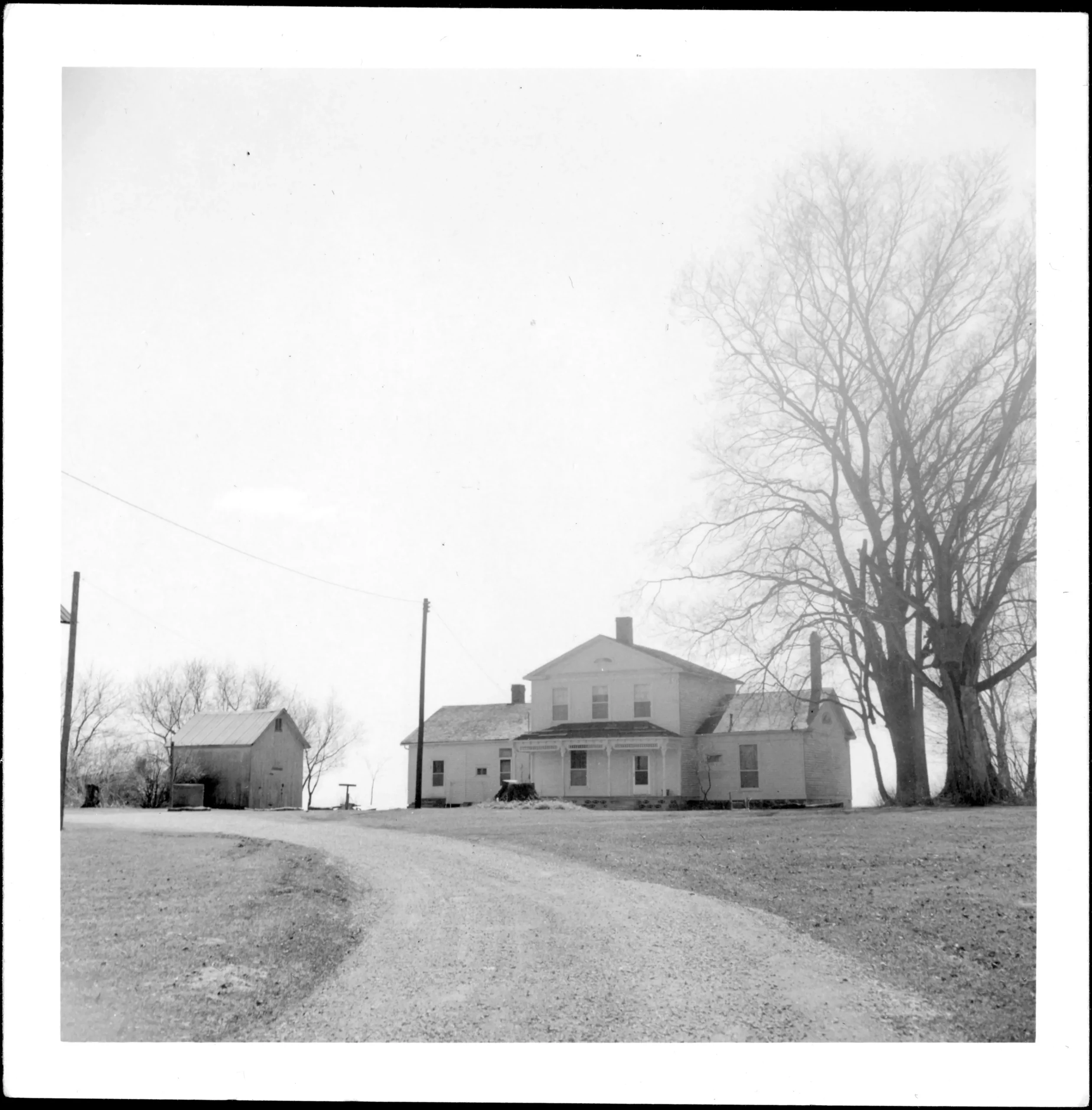
Black military service and the Alvin D. McCurdy collection
Alvin D. McCurdy’s collection is important not only as a record of the activities of the Underground Railroad but of many overlooked Black histories—including military service. Many Black soldiers in Upper Canada supported the Crown in times of crisis, including the War of 1812, when they served at Queenston Heights, and the Rebellion of 1837, when a fear of annexation to the United States and a possible return to slavery reinforced Loyalist feelings within Black communities. McCurdy’s interest in history was driven by the failure of historians to record the participation of Black people in these conflicts.
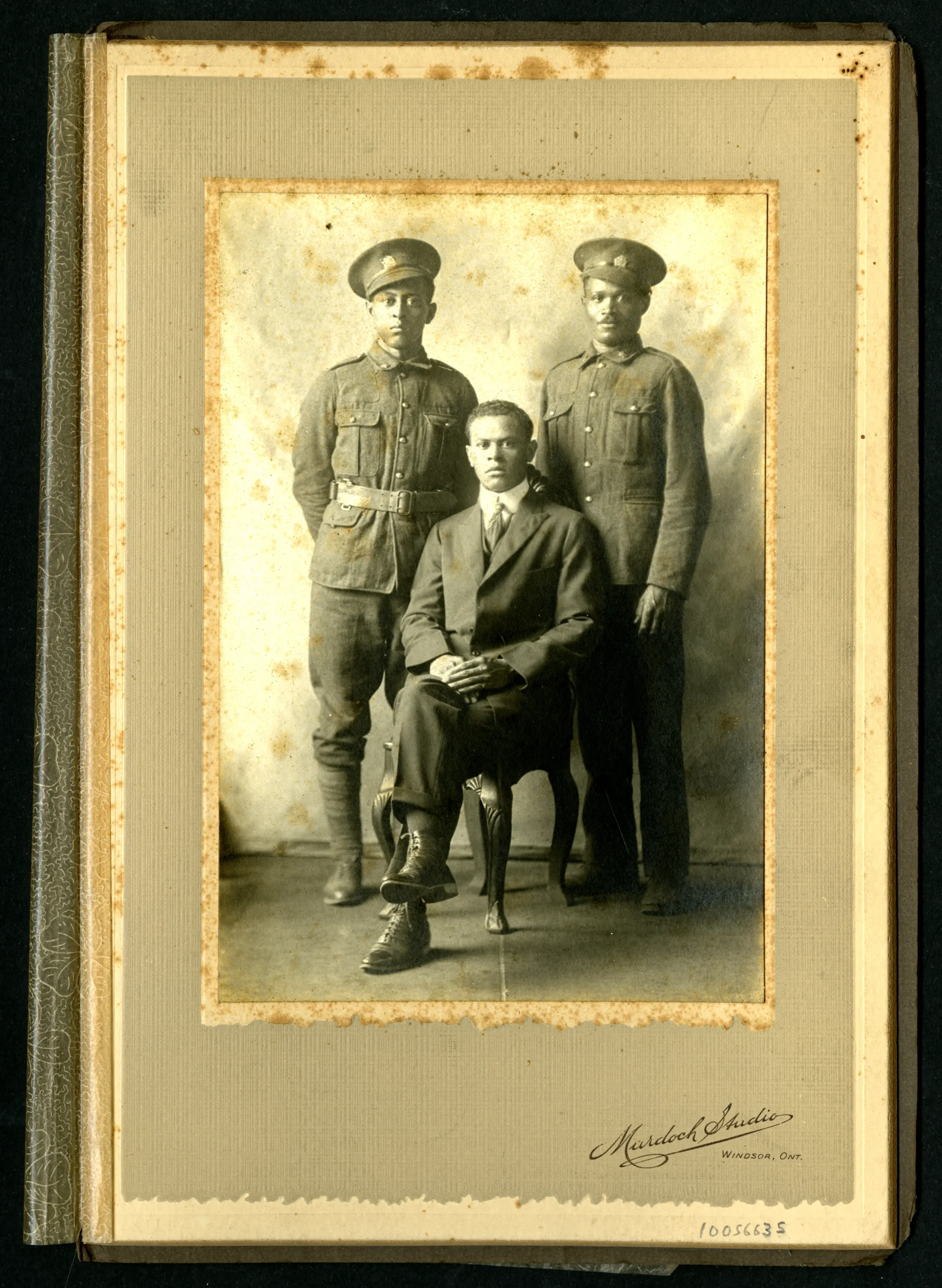
Back to: Chapter 01
Portrait of a collector
Next up: Chapter 03
Economy, education, community and family
Looking for more records?
Search our collection